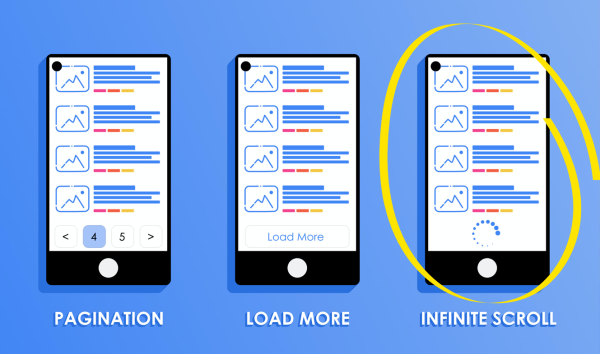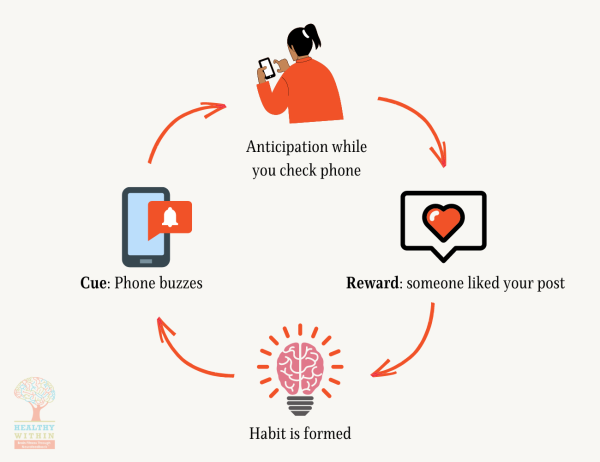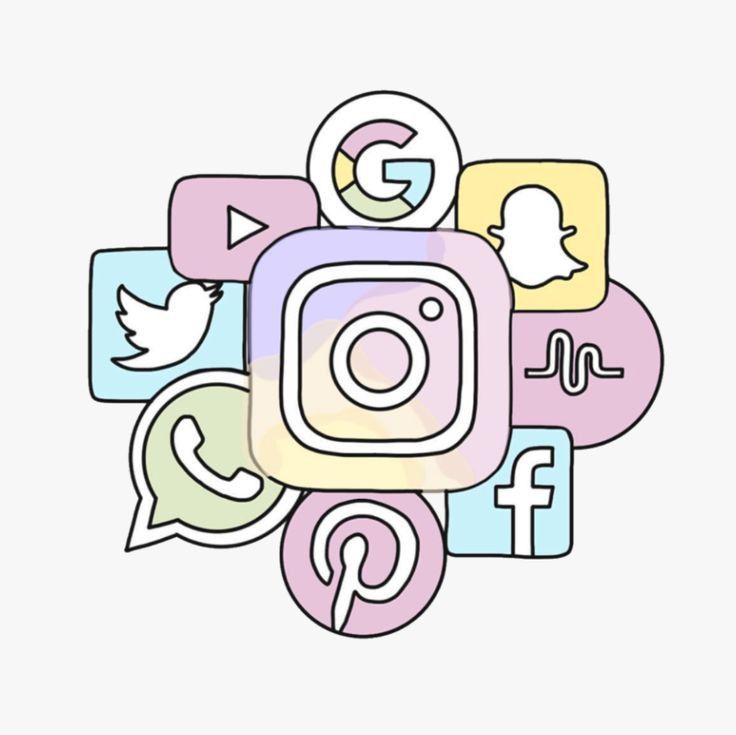We’ve all been there – you pick up your phone after school and then suddenly wonder where the last three hours have gone. Then you see how much your screen time has added up throughout the week and contemplate how you got into this habit that, believe it or not, can be viewed as an addiction. On average, teens spend about eight hours and 39 minutes looking at screens every day. Nobody wants to be attached to their phone 24/7, so why has it become such a common issue?
Technology engineer Aza Raskin designed a crucial aspect of many social media apps called infinite scroll, which allows users to keep scrolling through content without having to click anything. Because new content pops up so quickly, your brain does not have enough time to catch up with what you’re consuming, so you just keep scrolling. The infinite scroll feature causes users to stay on their phones for much longer, and Raskin has even said that he now feels guilty about making these apps so addictive. But the financial success of these companies depends on the amount of time people spend on their apps, which is why thousands of engineers spend their workdays figuring out how to make social media apps even more engaging and addictive.

The Netflix documentary titled “The Social Dilemma” dives deeper into these issues, with tech experts exposing the dangerous impacts of their own creations. Executives of some of the most influential companies in the information technology industry, including Google and Meta, are highly aware of their most profitable asset: the power to keep users hooked, no matter the cost.
Positive social feedback is another feature of social media that keeps users coming back for more. Likes and comments on your posts are a form of intermittent reinforcement that stimulates dopamine, a neurotransmitter that creates a feeling of desire for something, in the brain’s reward system. The dopamine rush can make social media even more difficult to resist than physically addictive substances like nicotine.

It’s no surprise that teens are particularly susceptible to the addictiveness of social media; their brains are still rapidly developing. According to Nancy DeAngelis, a registered nurse at Jefferson Health, “The overuse of social media can actually rewire a young child or teen’s brain to constantly seek out immediate gratification, leading to obsessive, compulsive and addictive behaviors. This is what can make mental health disorders such as anxiety, depression, ADHD and body dysmorphia worse.” As teenage brains come to normalize the “immediate gratification” that social media provides, the need to instantly fulfill a desire can manifest in other areas of their lives and damage their mental health.
Sound scary yet? Tired of letting the internet get in the way of establishing meaningful relationships and friendships? Online communication can never replace real human connection, and sometimes it’s hard to find a balance when our society relies so heavily on modern technology. Luckily, there are ways to rethink your relationship with social media so you can enjoy its benefits without letting the endless stream of content take over your brain. Here are some tips to help you develop a healthier social media presence:
Perhaps the most important tip of all is to remind yourself that social media is a highlight reel. It’s easy to compare yourself to others when seeing people post about their life, but you need to remember that no one is posting their failures. You are being unfair to yourself by comparing the behind-the-scenes of your life to the highlights of someone else’s. But what’s more valuable than any of social media’s idealistic illusions? A life of highs and lows, and everything in between–far from perfection but most genuinely human. So put down your phone; you won’t want to miss it.
For more information, this video explains how our well-being depends on the specific ways in which we utilize different social media platforms:
Sources:
https://www.bbc.com/news/technology-44640959
https://buffer.com/resources/psychology-of-social-media/
https://www.imdb.com/title/tt11464826/








